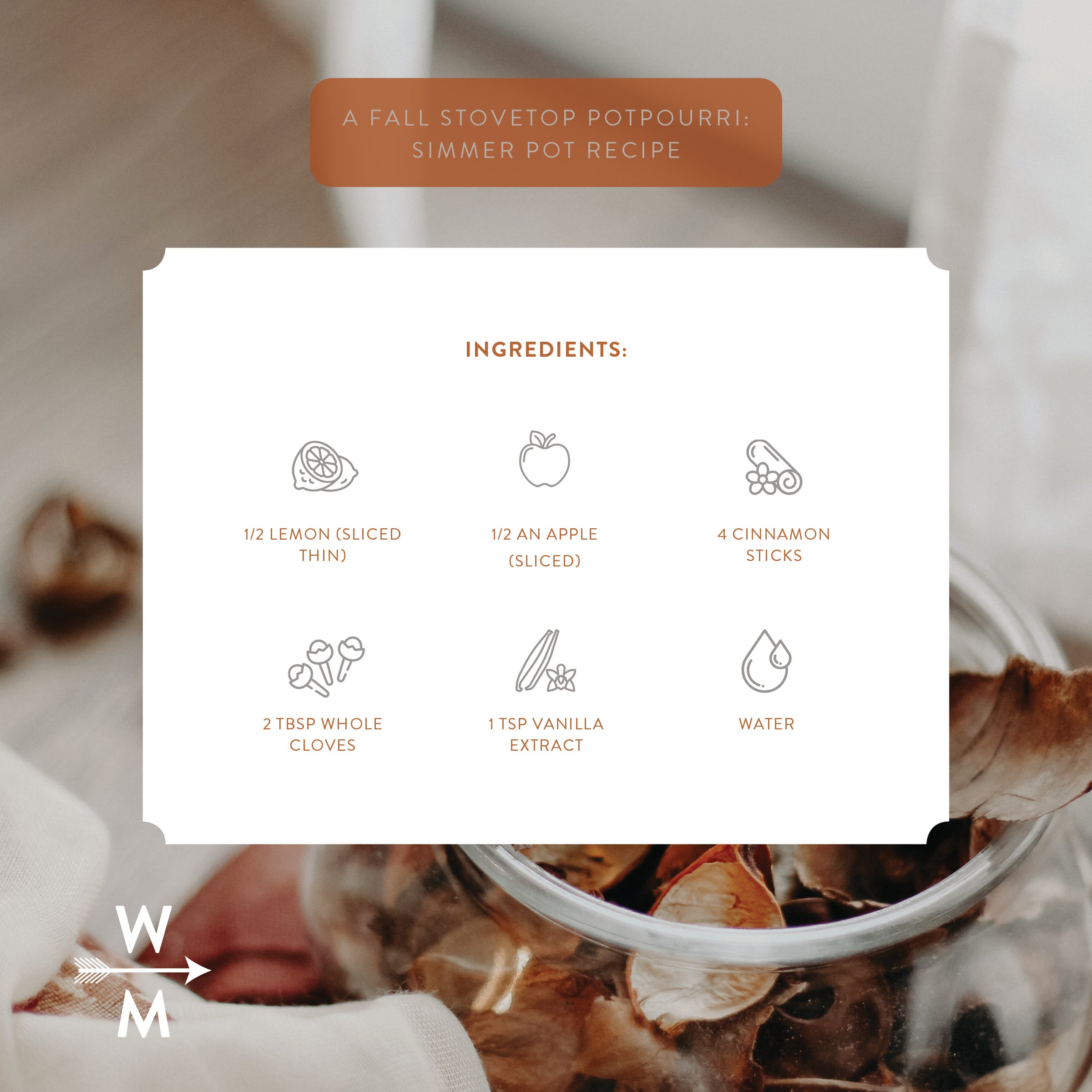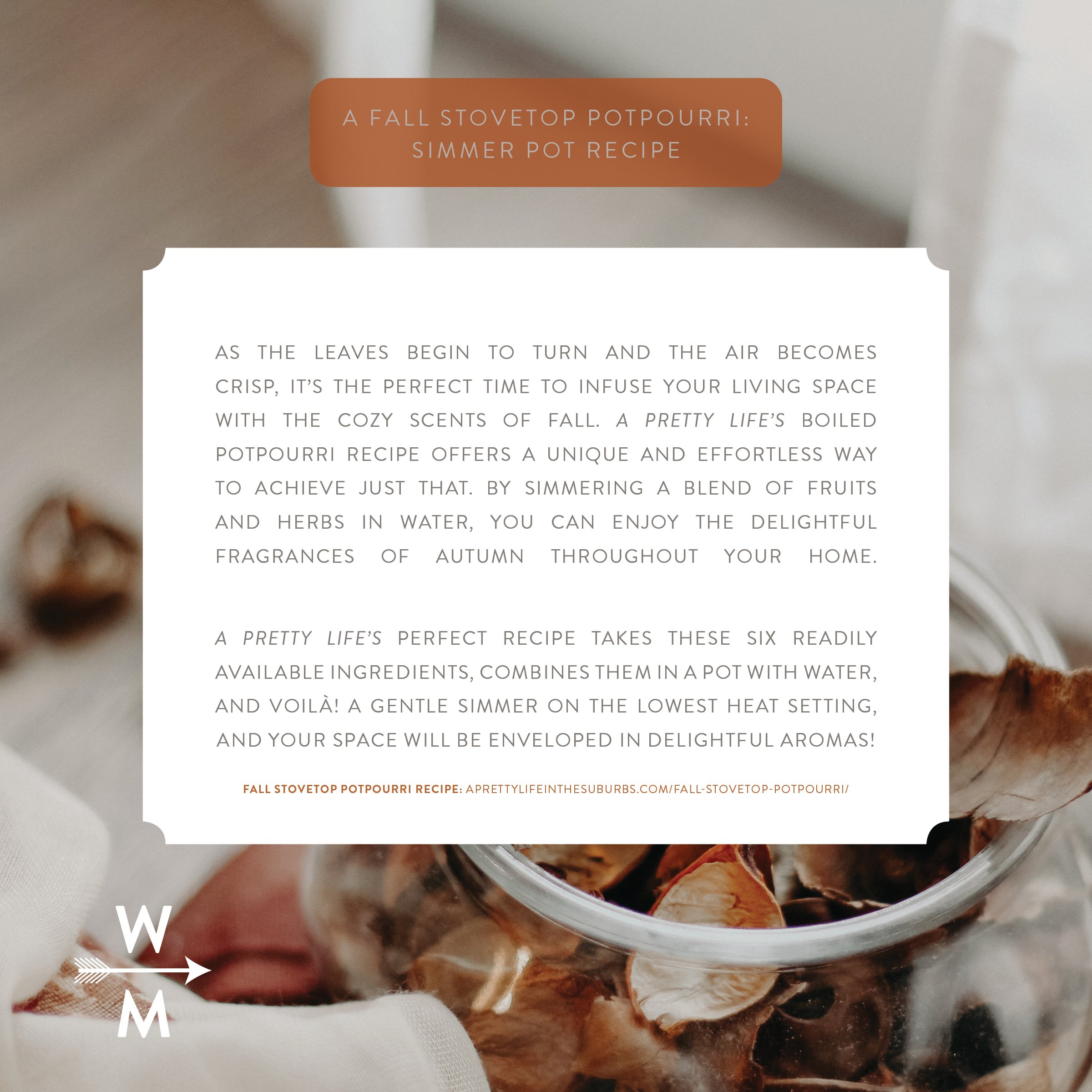Baby boomers and millennials have dominated the home-buying conversation in recent decades, but a new generation of homeowners is browsing online listings, heading to open houses and planning their home-buying budget.
Gen Z — born between 1997 and 2012 — is making waves in the market with their approach to homebuying. Here are 14 real estate trends Gen Z buyers won’t pass up.
1. Smart home technology is not optional
Gen Z marks the first generation of true digital natives. This group was raised on technology and expects their homes to be outfitted accordingly.
Gen Z homes should come standard with smart-home technology, such as smart thermostats, motion-sensing security systems with notifications, and lighting and environmental controls that can be adjusted from a mobile phone. Voice-activated assistants, such as Alexa or Google Home, are also a plus.
Gen Z is a mobile-first generation, so all tech needs to be optimized for their devices. This applies to marketing available homes on the market. To capture Gen Z’s attention, make sure there are options to communicate digitally and that virtual home tours are available on demand.
2. Gen Z likes to stay close to home
With the continued trend of remote work and little desire for a long commute, Gen Z buyers are moving to homes in walkable communities with nearby amenities. Full-time or part-time remote workers in this generation might even go for smaller homes near coworking spaces or business facilities.
3. Gen Z wants a separate space for business
One thing Gen Z likes to keep behind closed doors is their work. For those who work remotely full time and can’t utilize a coworking space, a dedicated home office is a must. A home office doesn’t need to be extravagant, but being able to shut the door on a workspace when the day is done is a must for a generation that strives to accomplish a proper work-life balance.
4. Gen Z prefers an open floor plan
Gen Z likes the flexibility that open floor plans provide, and they feel better about their homes when they are open and expansive.
5. Outdoor space is important
Another side effect of the pandemic is a desire for functional, comfortable outdoor space. A balcony, patio, terrace or rooftop deck is a huge draw for a generation that views these spaces as a place to relax, entertain and maintain a small garden.
6. Sustainable, energy-efficient homes are not optional
Gen Z buyers prioritize eco-friendly and energy-efficient homes. This generation wants to save money on utilities, but they also want to do what they can to be more gentle with the environment.
Gen Z buyers will look for homes with solar panels and energy-efficient appliances and finishes. Bamboo flooring, recycled glass countertops and energy-efficient windows are all attractive incentives for the Gen Z buyer.
7. Inclusive communities matter
Gen Z is not like previous homebuying generations, who valued homogeneous neighborhoods with like-minded people. Gen Z values diversity and inclusivity. They want their neighborhoods to reflect their values and are more likely to seek vibrant, multicultural areas with a mixed bag of socioeconomic inhabitants.
As a result, they might be more open to neighborhoods in transition or those being managed and improved by community-based organizations.
8. They need more affordable housing
Even though Gen Z buyers are mentally ready to become homeowners, the financial challenges associated with buying a home are real. Although some enterprising and lucky Gen Z home buyers locked in incredibly low mortgage rates during 2020 and 2021, those who weren’t ready to buy now have to contend with interest rates as high as 8%.
In addition to high interest rates, low housing stock means homes are still expensive. Consequently, Gen Z buyers may be open to alternative types of housing that their parents and grandparents shunned. Tiny homes, co-living spaces and shared housing arrangements are ways to reduce the cost of homeownership, as well as negotiating real estate agent commission.
9. Gen Z prioritizes aesthetic appeal
Gen Z is among the most visually motivated and stimulated generations. They love a beautiful space, and they believe the visual aspect of their home reflects who they are. Homes that are not visually appealing may not get attention from Gen Z, so agents should help these buyers see the renovating and redecorating possibilities to match their personal aesthetic.
10. Easy renovations are key
For spaces that might not be immediately appealing, Gen Z wants those that can be easily renovated. They prize move-in ready homes that can be updated with fresh paint, new flooring and modern fixtures. They aren’t necessarily interested in a property that needs a complete renovation.
11. Flexible design matters
Flexible design goes beyond rooms with multiple functions or a layout that can be easily changed. Think walls that can be knocked down or added without too much fuss.
12. Gen Z will move for the right home
Like their millennial forebears, Gen Z is willing to relocate for the right home. These moves are usually to more diverse coastal cities with employment opportunities and good walkability, but many in this generation are also moving inland to well-designed communities that are more affordable.
13. Gen Z buyers are more educated
When it comes to home-buying education, it’s not the college degree that matters. Gen Z is so comfortable and versed in the digital landscape that these buyers are some of the most educated clients. They know how to navigate virtual open houses, manage electronic documents and handle complicated internet searches. They come to agents knowing how to find and view homes, but they still have questions.
14. Gen Z wants professional guidance
Even with their digital capabilities, Gen Z knows that homebuying is a complicated, sometimes daunting, undertaking. From securing a mortgage to navigating closing, the entire process is fraught with potential roadblocks. That’s why this generation isn’t scared to ask for help. They are looking for affordable real estate professionals who understand them and their needs.
Get all the details at HousingWire.com
Related Links
Smells Like Fall! A Fall Stovetop Potpourri: Simmer Pot Recipe
How More First-Time Homebuyers Are Successfully Navigating This Challenging Housing Market
48 of the Most Clever Tips Real Estate Agents Have Shared With Us
If there is a home that you would like more information about, if you are considering selling a property, or if you have questions about the housing market in your neighborhood, please reach out. We’re here to help.








